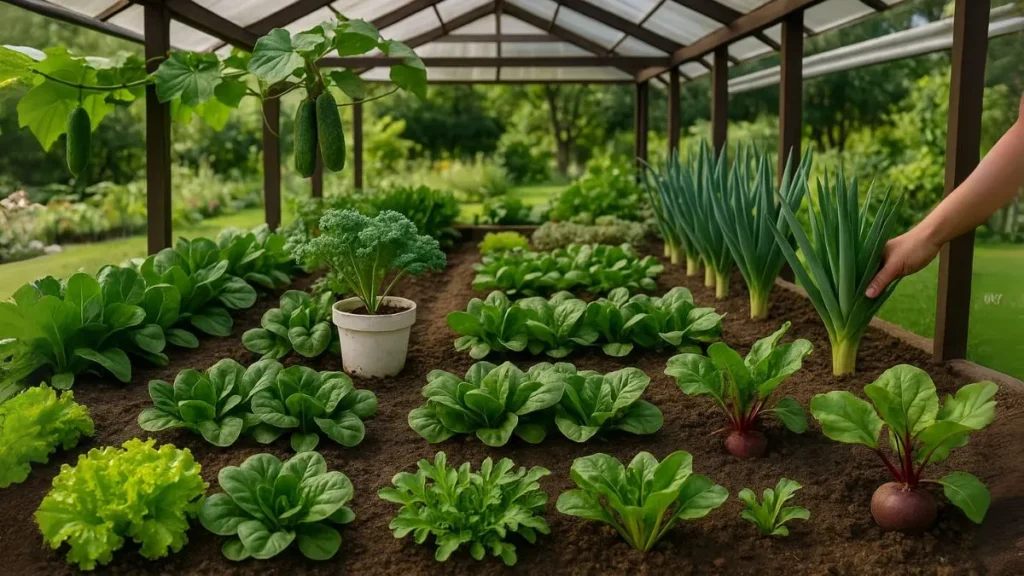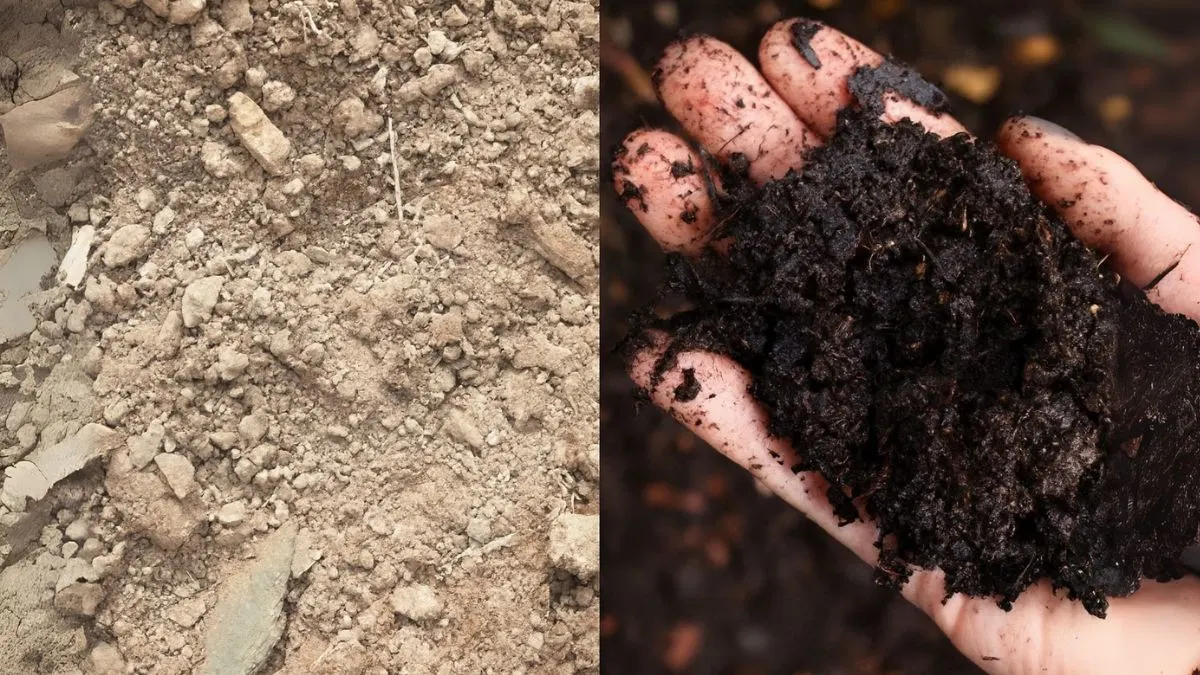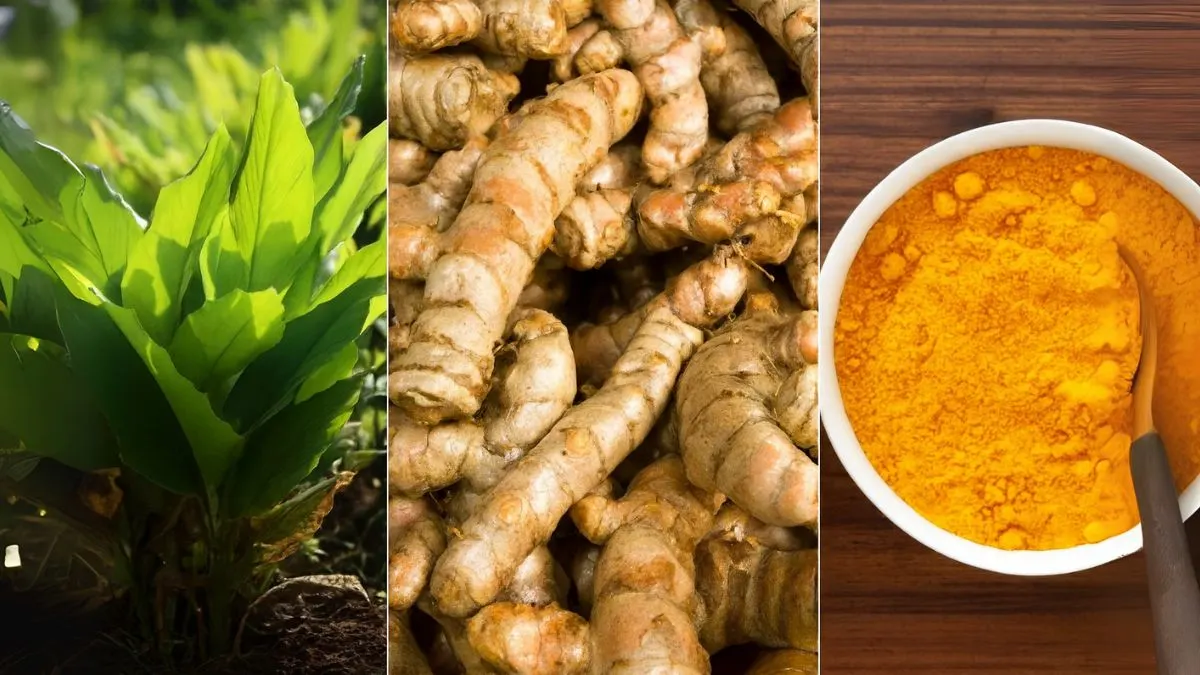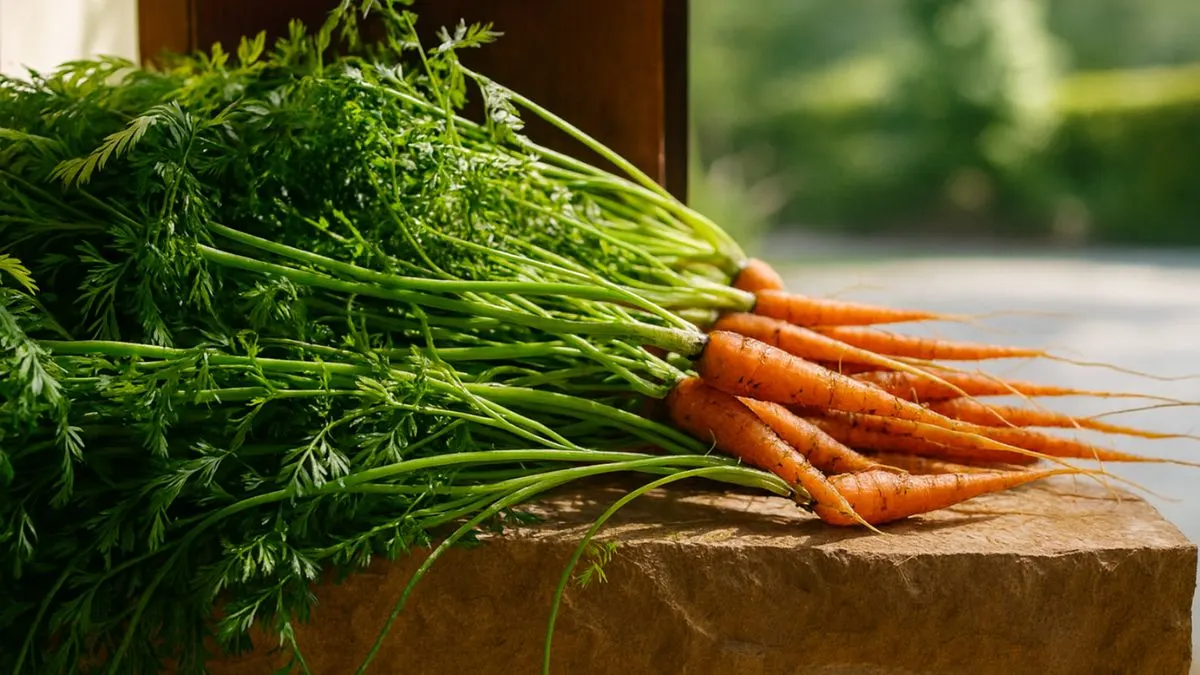Many people assume a vegetable garden needs six to eight hours of sun. While that’s true for crops like tomatoes and peppers, not all Vegetables crave blazing sunlight. Some actually prefer the cool, moist conditions that shads provide.
As someone who once lived in a tree-covered neighbourhood in Canada, I quickly learned that my backyard garden could still thrive. That’s when I discovered the magic of growing lettuce, spinach, kale, Swiss chard, arugula, and beets in partial shade. Not only did they grow beautifully, but they also tasted fresher and less bitter.
Lettuce – Thrives in Cool, Shady Spots
If I had to pick the ultimate star of shade gardens, it would be lettuce. It’s no wonder that gardeners everywhere agree that lettuce thrives in cool, shady spots. The shade prevents it from “bolting” (going to seed too early), which often happens in hot weather.
Whether you’re in the USA or Canada, you can grow crisphead, romaine, or leaf varieties. Plant them in raised beds or containers, and water consistently. The cool environment makes the leaves tender and sweet—perfect for daily salads.

Spinach – Shade Makes It Sweeter
Spinach is another shade-loving vegetable that rewards you with lush green leaves. In full sun, spinach tends to mature too quickly, but in shade, it grows slowly and evenly. This means a longer harvest period and better flavor.
When I grew spinach in a semi-shady corner of my garden, the leaves were vibrant and tasted noticeably fresher than those exposed to direct sunlight. This leafy green also thrives in cooler climates, making it an excellent choice for Canadian and Northern U.S. gardens.
Also Read: The Biggest Mango Ever Grown – A Sweet Giant Worth Seeing
Kale – Hardy and Shade-Friendly
Kale has become a superfood staple across the world, and the good news is—it doesn’t need full sun to flourish. This leafy vegetable adapts well to partial shade, producing nutrient-dense leaves rich in vitamins A, C, and K.
Curly kale, lacinato (dinosaur kale), and red Russian kale are especially popular in North America. If you’re short on sunny space, plant kale alongside other salad greens—it not only thrives but also looks beautiful in a mixed garden bed.
Swiss Chard – Vibrant Colors in the Shade
Few vegetables are as striking as Swiss chard. With its rainbow-colored stems—yellow, red, pink, and white—it adds both beauty and nutrition to any shaded garden.
This vegetable grows well in partial shading, especially during hot summers. The shade keeps the leaves tender, while the colorful stalks brighten up your garden. In my experience, Swiss chard harvested from shaded areas lasts longer in the fridge and maintains its crisp texture better than sun-exposed ones.
Arugula – Peppery Greens for Cool Spaces
If you love bold, peppery flavors, arugula is a must-have. This fast-growing green prefers cooler conditions, making shade its best friend. In full sun, arugula can quickly become too spicy or bolt, but in partial shade, the leaves stay tender and flavorful.
Across Canada and the USA, chefs and home gardeners alike use arugula in salads, sandwiches, and pizzas. I once tucked arugula plants between taller kale and Swiss chard, and they thrived beautifully in the dappled shade.
Beets – Root Crops That Don’t Mind Shade
It may surprise you, but beets can grow in partial shade too. While the roots may not grow as large as those in full sun, shaded beets still produce plenty of flavorful greens and decent-sized roots.
Both beet roots and leaves are edible—the roots can be roasted or pickled, while the greens make an excellent addition to soups or sautés. In fact, many U.S. gardeners grow them primarily for their leafy tops when sunlight is limited.
Also Read: Plant Injuries Explained: How to Spot, Treat, and Prevent Them
Cucumbers – A Surprising Shade Tolerant Option
Most people think of cucumbers as sun-loving, but they can handle partial shade, especially if grown vertically on trellises. While yields might be slightly lower, shaded cucumbers tend to be juicier and less bitter.
If you live in a hot climate in the USA or southern Canada, giving cucumbers afternoon shade can actually improve their flavor. I once experimented with planting cucumbers behind tall sunflowers, and the partial shade created the perfect balance.
Leeks – Slow but Steady Growers
Another underrated shade-friendly vegetable is the leek. Part of the onion family, leeks prefer cooler conditions and can tolerate partial shade. They grow slowly, but the reward is worth it: mild, sweet, onion-like stalks that enhance soups, stews, and casseroles.
Leeks are popular across Europe and North America. In my shaded garden patch, they performed surprisingly well alongside spinach and kale, growing steadily without requiring much maintenance.
Shade-Loving Salad Greens at a Glance
Here’s a quick summary to help you choose the best shade-loving vegetables:
| Vegetable | Shade Tolerance | Best Feature | Popular Uses |
| Lettuce | High | Thrives in cool, shady spots | Fresh salads |
| Spinach | High | Sweeter in shade | Smoothies, sautés |
| Kale | Medium | Nutrient-rich leaves | Soups, chips |
| Swiss chard | Medium | Colorful stems | Stir-fries, sautés |
| Arugula | High | Peppery flavor | Pizzas, salads |
| Beets | Medium | Edible roots & greens | Roasted, pickled |
| Cucumbers | Low to Medium | Less bitter in shade | Pickling, salads |
| Leeks | Medium | Mild onion taste | Soups, casseroles |
Shade doesn’t have to limit your gardening dreams. From lettuce, spinach, kale, Swiss chard, arugula, and beets to cucumbers and leeks, there are plenty of salad greens and vegetables that adapt beautifully to low-light conditions. In fact, some even thrive in them.
Also Read: Indoor Plants That Could Be Risky for Kids, Pets—Or Your Peace of Mind
If your garden space is shaded, embrace it! Plant a mix of these crops, experiment with placement, and enjoy a constant supply of fresh, homegrown produce—no matter how much sun your backyard gets.



